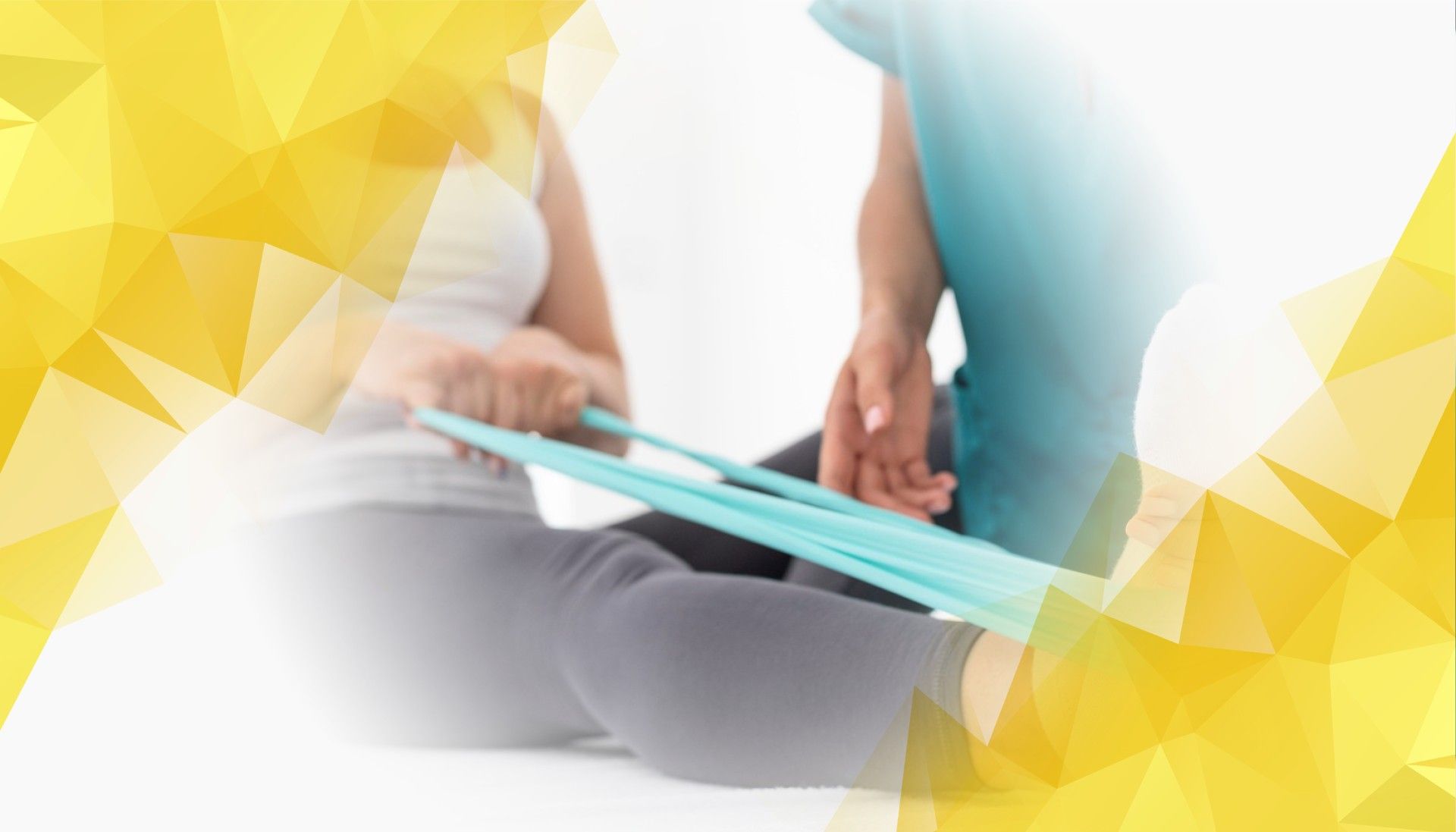Introduction: Discovering the MAI Motion Age
In a world shaped by technology and data, a fascinating new perspective is emerging: the MAI Motion Age. This idea suggests that every small movement we make—from a subtle gesture to the way we walk—is more than just muscle and bone in action. Our everyday motions are a powerful form of nonverbal communication, telling stories about our personality, emotions, and even our health. Thanks to advances in science and technology, we’re beginning to unlock this hidden language. In this article, we’ll dive into what the MAI Motion Age means and show you how your daily movements might be saying more about you than you realize.
What Exactly Is the MAI Motion Age?
The MAI Motion Age reframes the way we look at human movement. Rather than viewing movement as purely mechanical, experts now recognize that how we move can reflect the core of who we are. “MAI” stands for Movement , Affect, and Identity—three interconnected aspects that shape the body’s narrative. “ Movement ” covers all the motions and gestures we make; “Affect” is tied to our emotions and moods; while “Identity” reflects our sense of self. This approach is growing in relevance as more people look to understand themselves as whole beings—mind and body together. By tuning into our own movements , we can pick up on signs of our mental and physical health that we might otherwise miss.
What Does Research Tell Us About Movement?
Science has revealed intriguing connections between the ways we move and what’s happening inside us. For example, confident people usually stand tall and take up space, while those feeling anxious tend to shrink inward or move more cautiously. Even tiny hand gestures and quick facial expressions—often too fast to notice—can hint at our emotions. Medical research goes a step further, linking changes in walking patterns to early symptoms of conditions like Parkinson’s disease .
New technologies are making this information easier to access than ever before. Researchers have demonstrated that streamlined movement analysis systems, like using three repetitions of a sit-to-stand (STS) test instead of five, can collect high-quality biomechanical data with less effort for participants—making these techniques more useful and accessible for both research and clinical care. Marker-less motion capture , using just regular cameras to analyze movement , now allows clinicians to assess patients without bulky or expensive equipment. In fact, standard RGB cameras in clinics can now capture data that helps detect health concerns earlier and more efficiently (Armstrong et al., 2022; Armstrong et al., 2024; Wen et al., 2025).
Altogether, these breakthroughs show that our bodies are constantly sending important signals—and we’re getting better at decoding them.
How Can You Interpret Your Own Movements?
You don’t need a laboratory to start learning from your own body language. By becoming more mindful of your movements , you can discover valuable insights about your emotional and physical state. Noticing a tendency to slouch could reveal tiredness or stress, while an energetic pace might signal excitement or nervousness. Taking time to observe your breathing, posture , or the way you move through your day can help you build self-awareness and regulate your mood.
Modern tools like wearable tech and smartphone cameras make tracking these patterns easier than ever. Studies have shown that brief, everyday movements —like doing a simple sit-to-stand exercise—can provide reliable information about your health (Armstrong et al., 2024; Wen et al., 2025). By paying attention to these subtle signals, you can get ahead of potential issues and empower yourself to improve your wellbeing.
Conclusion: Embracing the Language of Your Body
The MAI Motion Age invites us to see movement as a rich, meaningful language. Every gesture, posture , and step holds clues about our identity, mood, and health. Learning to listen to these bodily signals can help us understand ourselves better and support our overall wellbeing. So, as you go about your day, pay a little more attention to how you move—you may be surprised by what your body is quietly telling you, and how tuning in can lead to positive change.
References
Armstrong, K., Wen, Y., Zhang, L., Ye, X., & Lee, P. (2022). Novel clinical applications of marker-less motion capture as a low-cost human motion analysis method in the detection and treatment of knee osteoarthritis. . https://doi.org/10.4172/2167-7921.2022.11.053
Armstrong, K., Zhang, L., Wen, Y., Willmott, A. P., Lee, P., & Ye, X. (2024). A marker-less human motion analysis system for motion-based biomarker identification and quantification in knee disorders. Frontiers in Digital Health. https://doi.org/10.3389/fdgth.2024.1324511
Wen, Y., Verma, T., Whitehead, J. P., & Lee, P. (2025). Empirical validation of a streamlined three-repetition sit-to-stand protocol using MAI Motion. Applied Sciences, 15(10), Article 5688. https://doi.org/10.3390/app15105688

